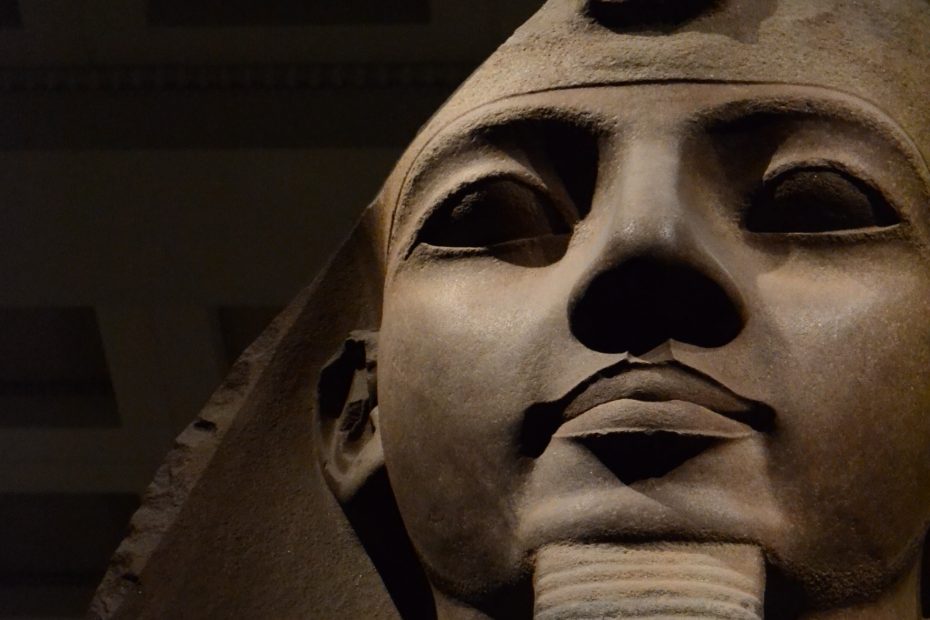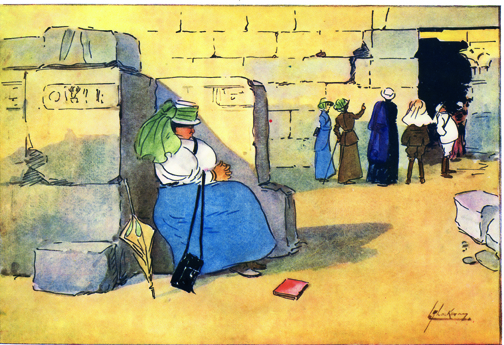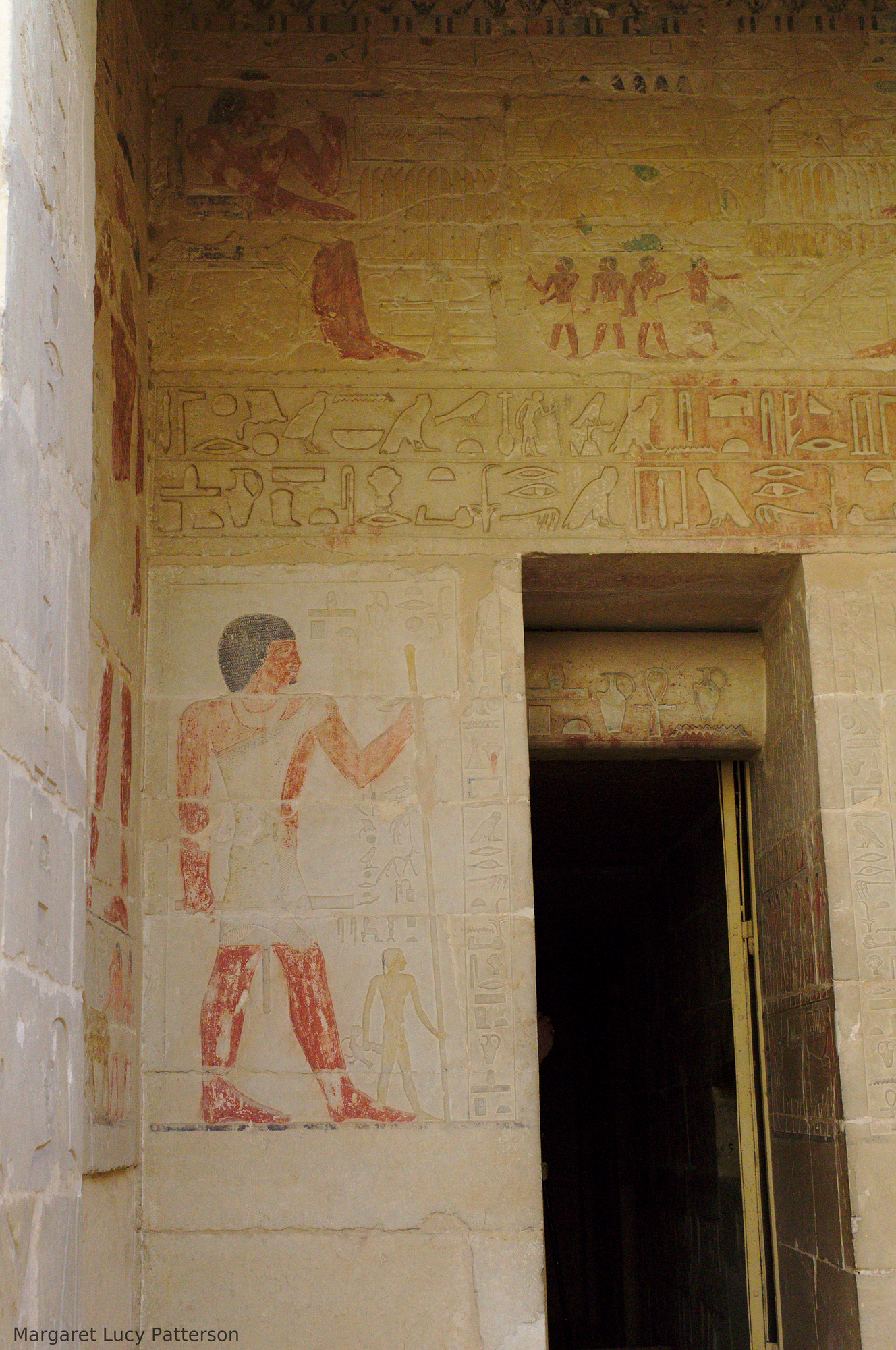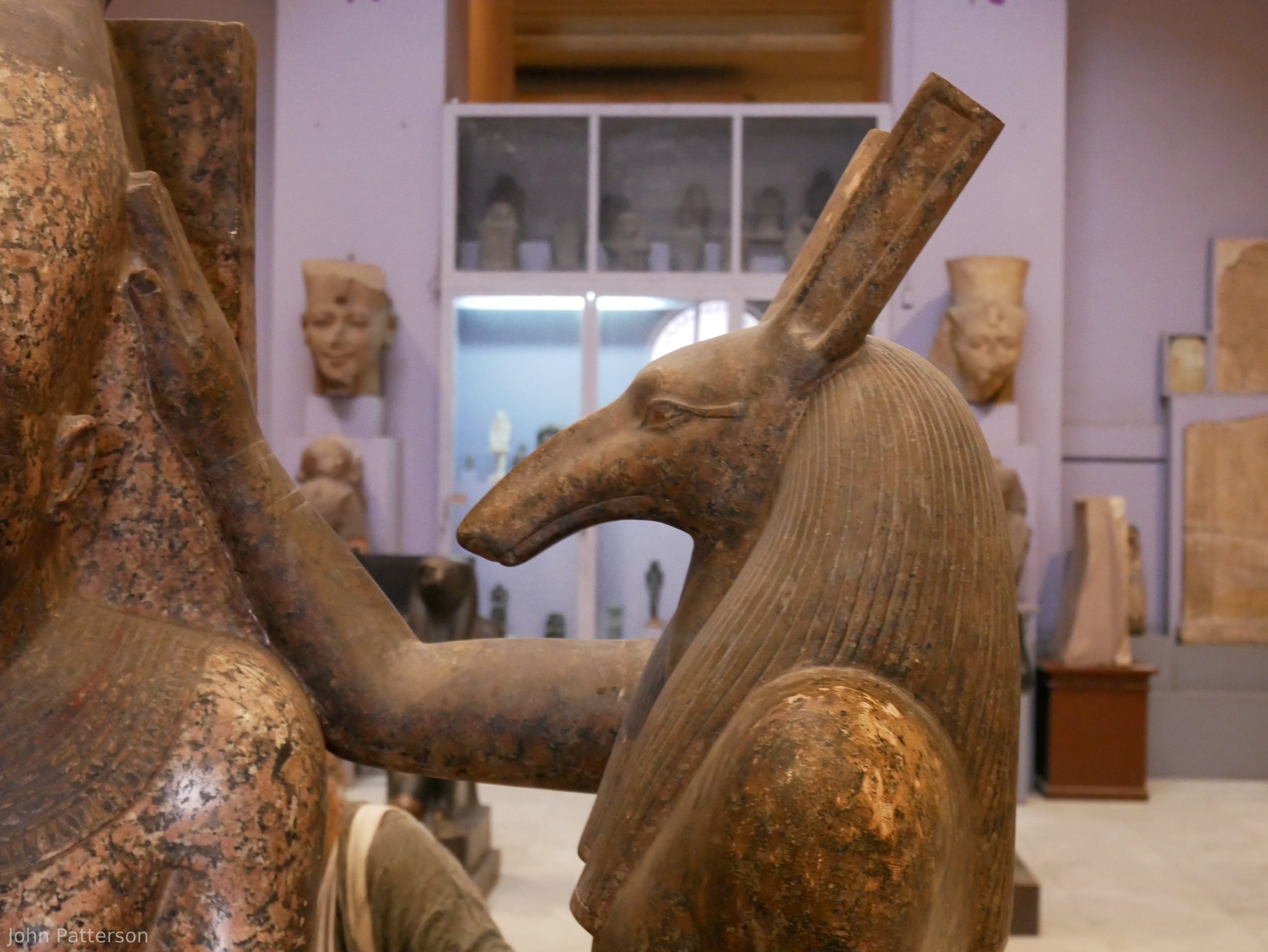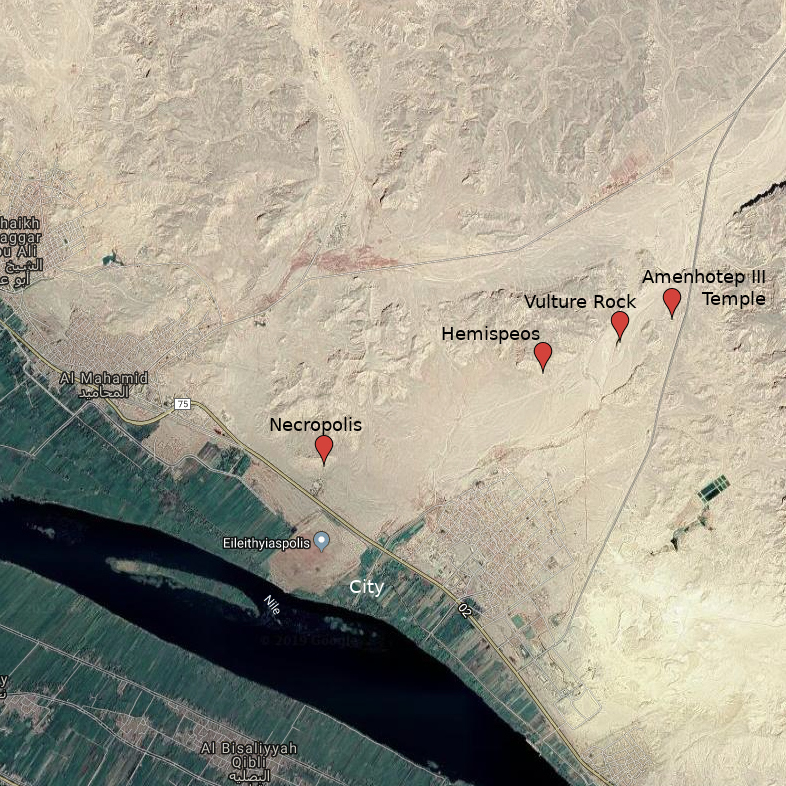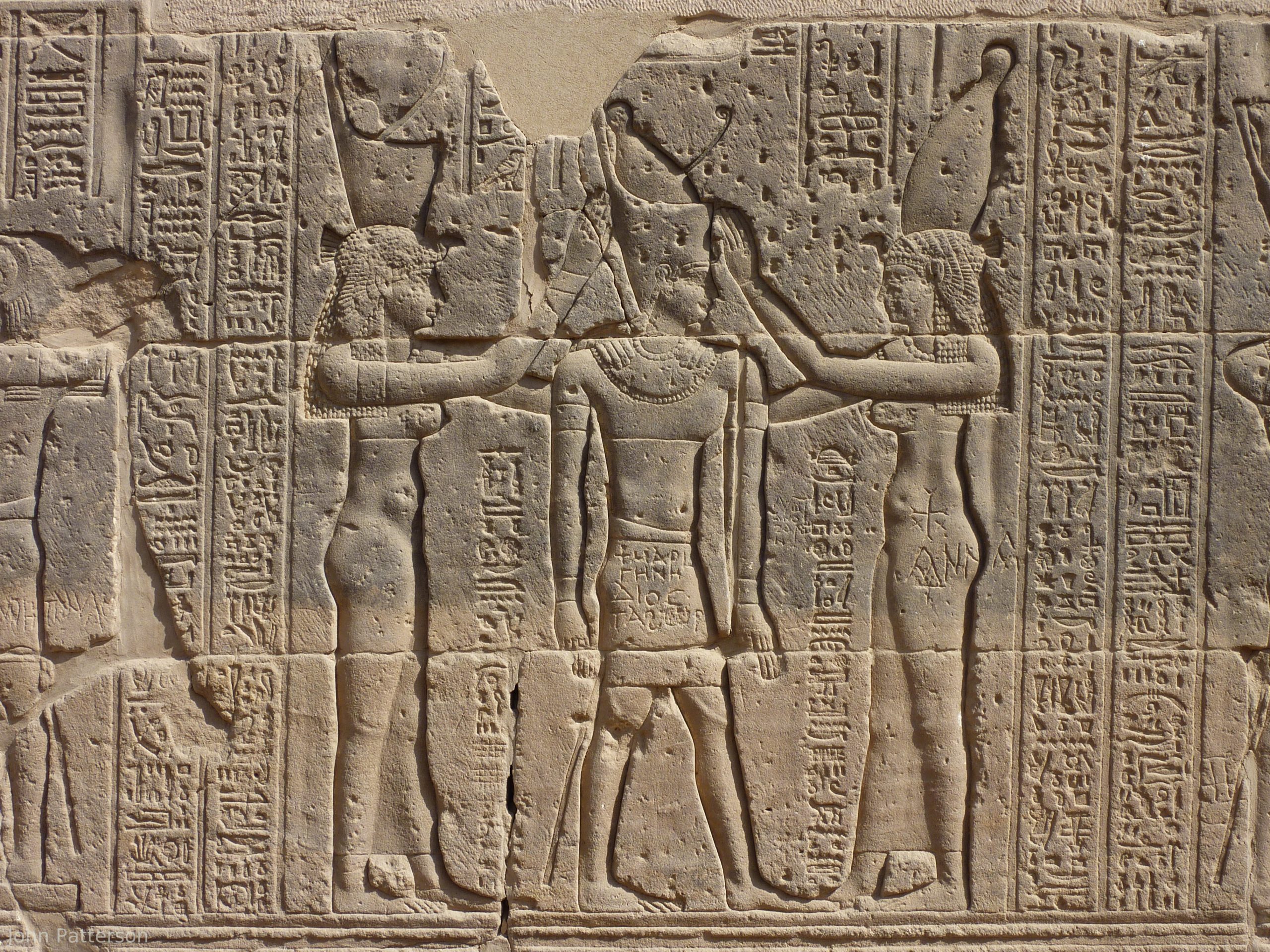“Egyptologists’ Notebooks: How the Modern World Rediscovered Ancient Egypt (And Partly Lost It Again)” Dr Chris Naunton
At the beginning of September Chris Naunton gave a talk to the Essex Egyptology Group via Zoom about his new book “Egyptologist’s Notebooks” (which is coming out at the beginning of October). He described his talk as “not quite, but nearly, a shameless plug” for his book – what he wanted to do during the talk was tell us a little bit about some of the characters he explores in the book and the main themes he wanted to draw out. He said the idea for the book came from discussion a couple of years ago with Ben Hayes at Thames & Hudson publishers – they’d previously published a book called “Explorers’ Sketchbooks”, which published bits of said sketchbooks as part of compiling the history of explorers and exploration. And so Hayes wondered if something similar could be done for Egyptology, given the extensive archives that exist from several early… Read More »“Egyptologists’ Notebooks: How the Modern World Rediscovered Ancient Egypt (And Partly Lost It Again)” Dr Chris Naunton
